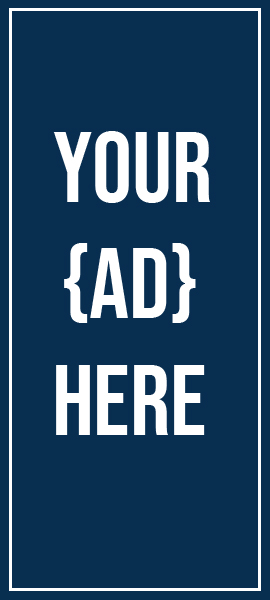
Understanding Intentions Using Nonverbal Codes
You can tell a lot by someone’s body language.
– Harvey Wolter
Body language can expose deception. Close observation of body language can indicate that someone is hiding something. Be careful about interpreting every action as a lie. A number of factors, including stress and insecurity, will cause suspicious body language. When there are multiple indications of deception in a person’s body language, however, further investigation may be warranted.
Watch Their Hands
We all communicate with our hands. We can even communicate deception without knowing what we are doing. Several movements can indicate someone is hiding something.
Hands:
Palms down: Showing your palms is a sign of sincerity. Keeping the palms down signals that someone is hiding something.
Self-touching: Self-touching may be a calming action, but be alert when someone touches this or her face. Hands at the nose and mouth are often seen as an attempt to hide the spoken lie.
Hidden hands: Hand gestures are a natural part of communication. Many people will suddenly hide their hands when telling lies. Lack of hand movement may also indicate lying.
Forced Smiles
We have already mentioned smiling. A forced smile does not reach the eyes. Alone, a forced smile can simply indicate that someone is trying to be polite. Always pay close attention when other deceptive movement clusters accompany a forced smile, as they can add additional proof that a person could be lying.

Smiles:
Tight smiles: A tight, thin-lipped smile can indicate that someone is concealing information.
Closed mouth: Genuine smiles are typically open. A closed smile, however, could be an effort to hide bad teeth.
Licking lips: Lying can cause the mouth to dry out. People who lie are more likely to lick their lips after speaking.
Eye Contact
The eyes are called the “windows to the soul.” The eyes continually communicate feelings. A person’s eye contact can betray that he or she is being deceptive.
The Eyes:
Little to no eye contact: A complete lack of eye contact may be an indication that someone is nervous and being deceptive, but it is not alwaysan indication of lying. There could be cultural reasons for this behavior, so always be aware of any outside factors.
Looking to the left: Moving the gaze to the left may indicate deception. It signals the imagination is being engaged. Left-handed individuals will shift their eyes to the right.
Unmoving eyes: Some people who lie can look directly ahead without moving their eyes. They will not always shift their gaze or look away.
Changes in Posture
Posture can easily signal when a person is being deceptive. Lying will cause someone to focus more on his or her body language. This can cause people to exercise too much control or shift posture.
Posture:
Being still: People who try to control their movements may be very still. Slight changes in positioning are normal. Abnormally still individuals may be hiding something.
Extreme changes: Deception causes anxiety in most people. When body language changes from defensive positions to open, friendly postures. The clumsier these transitions increase the likelihood of deception.
Voice and movements do not correspond: Body language typically reflects the voice and message of a speaker. When this is not the case, lying is indicated. For example, someone uses closed, defensive body language with a friendly tone and interaction.
Practical Application
Susan has to choose between two qualified candidates to run the new office for DEF Corporation. Both have the experience and skills necessary. Susan needs to give the job to someone she can trust because they will be working closely together. She knows from experience that it is possible for people to pass an interview with flying colors by being less than honest. She has regretted more than one hiring decision. To prepare, she brushed up on her body language.
In the first interview, she noted that the candidate looked forward without moving her eyes when asked about her relationships with her coworkers. Additionally, the tone of her voice did not match the closed body language. The second candidate matched her body language with her tone. She also had an open smile when answering questions about her past interpersonal relationships.





